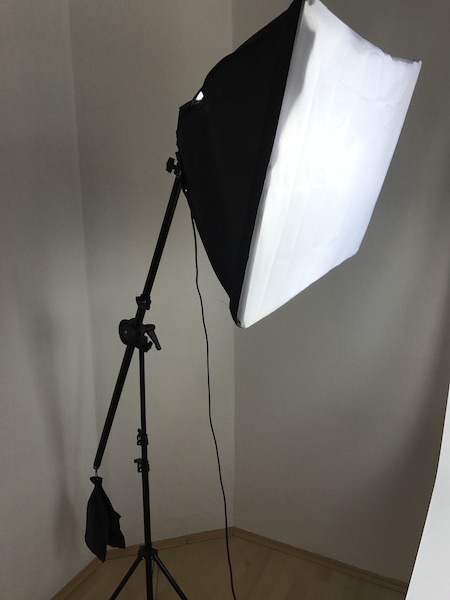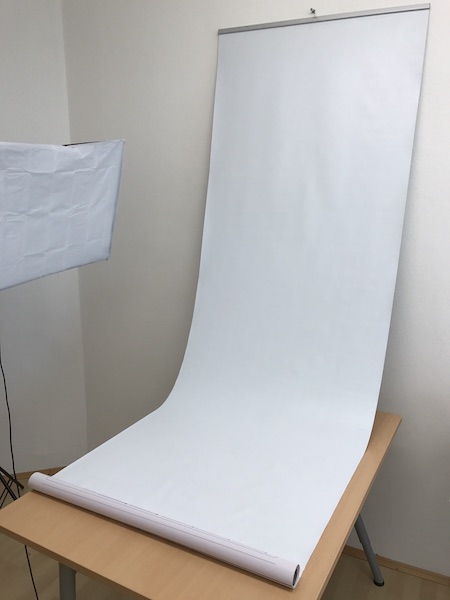Best practice for Object Targets
Characteristics of easily trackable objects
- Structure and size of the object are very important. Very small objects (< 5cm/2-inch) are challenging as well.
- Object should be more or less static. Dynamic and deformable parts are ok, as long as the majority of the object stays static. Try to record only the static parts of your object.
- Shiny and glossy surfaces on the objects are challenging. Again it depends on the number of glossy surfaces in the object.
General pieces of advice
General information
This article should help you with the creation of a video which is needed for Wikitude’s Object Recognition feature. We want to explain how to make sure the object is lightened properly, how to avoid disturbing scenery around the object and how to make sure you can capture the object from all sides.
Lighting
One of the major factors to get a good working Object Target for object recognition is proper lighting. To achieve this soft-boxes work really well. They are also rather cheap and easily available. We recommend soft-boxes with a tripod and 3 boxes to place them around the object for homogeneous light conditions.

Background
To avoid tracking items in the background, it is helpful to mount a photo studio background behind and beneath the object. It is important to have a soft curve from the wall to the table or floor, to avoid edges in the background.

Image-based conversion - Best practice
- Ideally use images captured from the same camera device
- Don’t crop images before uploading, but use original resolution
- Ideally take pictures from the same area of the object from different spots
- In general, results will be better when using higher-resolution images. In our tests, 12MP images work quite well. However, there is a limit to that as well. Our recommendation is to use images in the area of 12MP (4032 × 3024), which is - as of 2018 - a common resolution for smartphone cameras.
- Take images in HDR mode if available as exposure will be evenly distributed
- Use pictures with some overlap between each other
- Take pictures in even lighting conditions
- Make sure the background of the object is rather simple - any background noise that is seen on multiple images will be part of the object target.
- Keep the object still and move around it to take pictures if feasible instead of turning the object. This is different when you use video-based conversion. For image-based conversion, we highly advise against using a turn-table.
- Avoid taking pictures from a very close distance (few centimeters)
- Avoid taking pictures that only show one side flat of your object. e.g. when shooting a photo of a regular box, make sure to have several faces of the box on the photo
- Image based conversion allows you to upload images of the same object in different scenarios (e.g. white background, wooden background). Adding those will make recognition more robust against varying backgrounds.